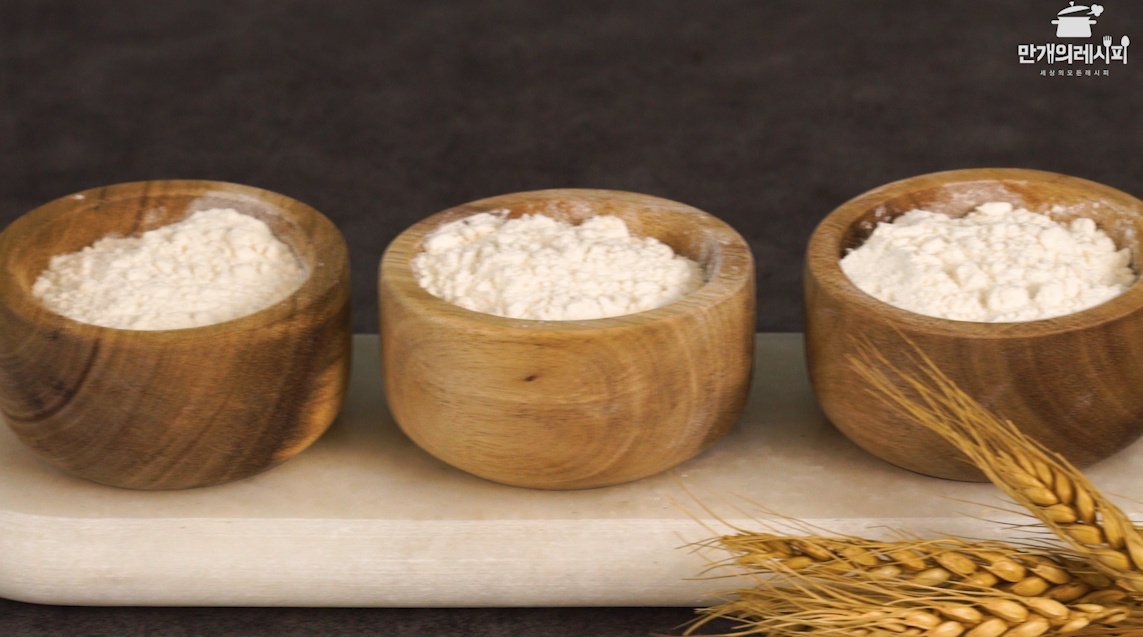Flour Explained: A Comprehensive Guide to Types and Uses
Understanding Bread Flour, All-Purpose Flour, and Cake Flour: Which to Use When? [Man-of-Recipe Know-how]

You’ve likely heard terms like ‘bread flour,’ ‘all-purpose flour,’ and ‘cake flour’ when baking. Did you ever wonder what the difference is and where each one shines? These flours vary based on their gluten content, which dictates their best uses. In this detailed guide from ‘Man-of-Recipe,’ the ultimate recipe hub, we’ll break down the characteristics and applications of each flour type. Perfect for beginners, we’ll explain everything clearly and concisely!
Essential Ingredients- Bread flour
- All-purpose flour
- Cake flour
Cooking Instructions
Step 1
Flour is broadly categorized into three main types based on its gluten content: bread flour, all-purpose flour, and cake flour. This gluten content is the most crucial factor determining the flour’s texture and best applications in cooking and baking.

Step 2
Bread flour boasts the highest gluten content, typically 13% or more. Its abundant gluten allows dough to stretch well and develop elasticity, which is key for creating chewy textures.

Step 3
Thanks to these properties, bread flour is primarily used for baking, especially for breads that require a chewy texture and good volume. It’s essential for making items like sandwich bread, bagels, and croissants.

Step 4
All-purpose flour falls in the middle, with a gluten content ranging from 10% to 13%. Its balanced gluten makes it incredibly versatile for a wide array of dishes.

Step 5
This is one of the most common flours found in kitchens and is suitable for general home cooking. It’s excellent for making dishes like Korean knife-cut noodles (kalguksu), hand-pulled dough soup (sujebi), dumpling wrappers (mandu), and various noodle dishes – anything that benefits from a tender yet slightly chewy bite.

Step 6
Cake flour has the lowest gluten content, usually under 10%. Because of its low gluten, it results in a tender, light, and delicate texture.

Step 7
This delicate texture makes cake flour ideal for baking fine pastries such as cakes, cookies, and muffins. Additionally, when used for frying batters, cake flour can help achieve an extra crispy and light coating on fried foods.




